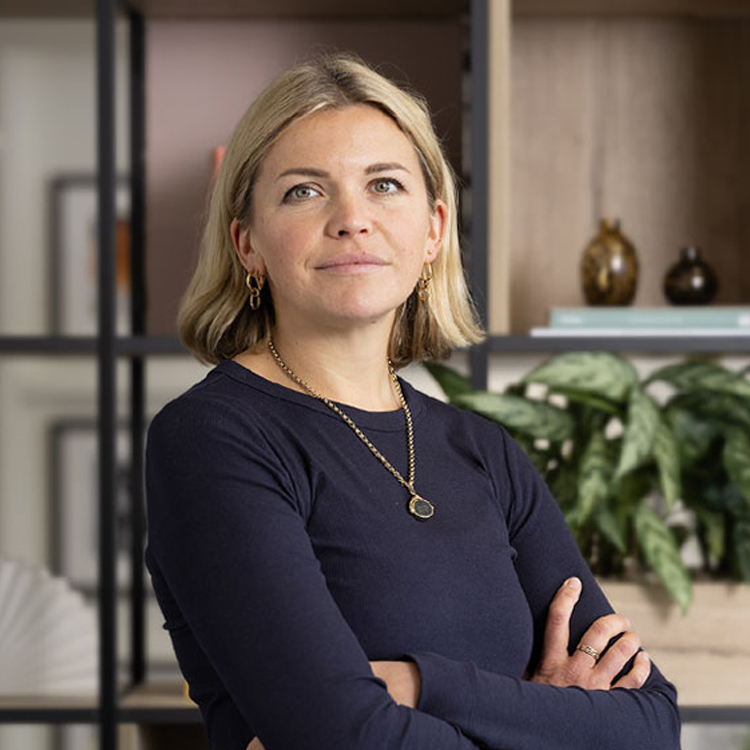Everything communicates, not everyone connects. Understanding barriers and the perception and possibility of regeneration

Kirsty Moseley
Deputy Managing Director, Corporate & Consumer
9 July 2025
Our built environments are shaped by boundaries: rivers, roads, railways, regeneration zones. But beyond bricks and borders lie deeper divisions: economic, cultural, digital, emotional.
This was a theme we explored in our latest Accelerators event, with a conversation about disconnection, perception and possibility in regeneration that unpacked the human and physical barriers that often dictate how we move around a city.
We are all coming to realise just how much influence communication has on the social value of urban design.
Media stereotypes can shape public attitudes toward different urban communities, particularly minority or marginalized groups and reinforce social divides. This is especially relevant in cities where media narratives influence investment, policing, and regeneration priorities as is the case in London.
Social media platforms are now seen to influence urban planning with digital activism – such as the coordinated removal of CCTV cameras in London’s ULEZ or the toppling of colonial statues – translating online discourse into physical change and underscoring how digital narratives can challenge or reinforce urban boundaries.
Rising political tensions are forcing brands and destinations to rethink their public values and cultural positioning. As commitments to DE&I are tested, some brands are retreating in fear of backlash or being labelled “too woke” and more than ever developers and landowners need to be clear about what their place – a destination or neighbourhood – stands for and who it’s for. Thinking beyond footfall and co-creating with communities. Standing firm in their values with credibility built over time
Urban regeneration can be transformative with physical landscapes and land use changes paving the way to significant social and economic impact. Whether shaping perceptions of place or giving voice to those often left out of planning and development, good communication – the stories we tell, the words we choose, and the platforms we use – can break down barriers in our cities and act as a catalyst for better connection.
If we hold up the mirror on some of the biggest regeneration developments in the last 30 years, success and failure can be pinned to whether these newly created neighbourhoods connect. To build better we must realise the significance of communication, because everything communicates.
With development so high up the priority for government and the Greater London Authority (GLA), let’s ensure in the rush to build fast we don’t ignore the social barriers we know to exist without better engagement. A recent UCL report found life expectancy in the UK has not increased in 15 years, despite major urban development. Historically, life expectancy has for every 4 years, grown by 1 year (for the last 100 years). Creating good places must go hand-in-hand with health, equity, and liveability.
So as an industry that celebrates the power of placemaking, in creating up and coming, new communities that are vibrant and inclusive neighbourhoods let’s ask: what does ‘placemaking’ say to the communities living in the ‘place’ a developer is claiming to ‘make’? And how does ‘up and coming’ relate to the families whose lives are rooted in an area? Everything communicates.